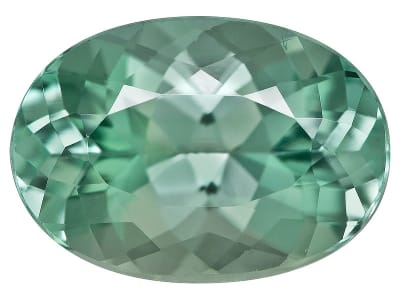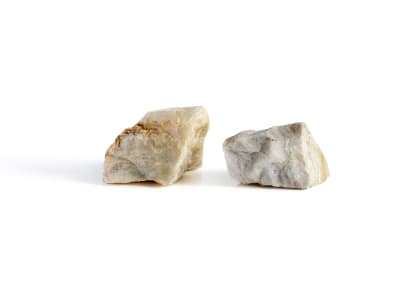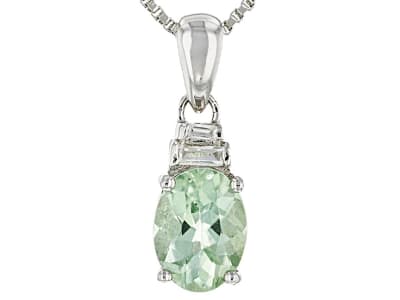Amblygonite is quite possibly one of the most beautiful pastel colored gemstones that you may have never heard about. It belongs to a class of minerals known as phosphates and forms a solid-solution series with montebrasite. Industrial grade amblygonite isn't that rare; however, when it comes to facet grade material, it quickly moves up on the hard-to-find list. Colors for amblygonite include pale yellow to greenish yellow and various shades of green to blue. On rare occasions, pink to light purple specimens may be found. Colorless material also is available.
General Information
LWUV: Inert to moderate yellowish white
Amblygonite Colors
-
 Blue
Blue -
 Blue
Blue -
 Brown
Brown -
 Colorless
Colorless -
 Green
Green -
 Pink
Pink -
 Purple
Purple -
 White
White -
 Yellow
Yellow -
 Yellow
Yellow
Countries of Origin
Myanmar; Afghanistan; Russian Federation; Angola; Czechia; United States of America; Egypt; Madagascar; Kazakhstan; United Kingdom of Great Britain and Northern Ireland; Portugal; Sweden; Mozambique; Korea (the Republic of); Unknown; China; Brazil; France; Nigeria; Argentina; Japan; Rwanda; Ukraine; India; Spain; Canada; Norway; Namibia; Congo (the Democratic Republic of the); Finland; Italy; South Africa; Uganda; Zimbabwe; Australia; Ethiopia; Germany
History
Be romanced by the lovely colors of amblygonite. From soft, seawater blues to verdant springtime greens, this cool beauty can easily become a favorite. The mineral amblygonite is fairly common, but clear, gem-quality stones are extremely rare. This rarity helps to keep amblygonite relatively unknown and somewhat costly. The name amblygonite derives from the two Greek roots that translate to blunt angles, a reference to one of its crystal habits or the way the crystal grows.
Care
Gentle wear, can be brittle. Avoid high temperatures.
More About Amblygonite
Amblygonite has been called the "Prophet Stone", which suggests that in historical folklore it may have been used as a visionary stone.


